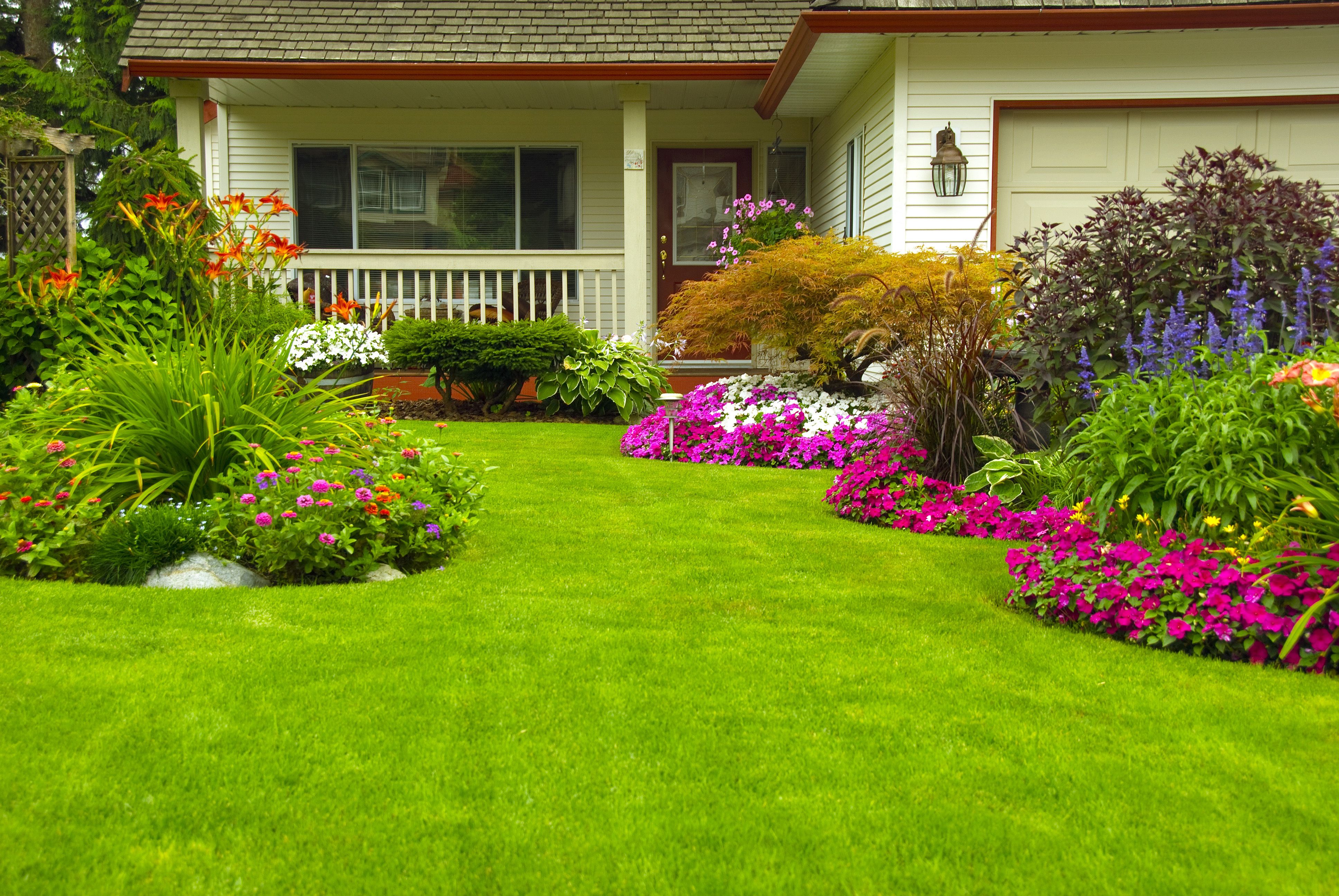Your clients want you to rid their lawns of weeds because these unwanted plants ruin an otherwise attractive property. But weeds do more than just create eyesores—they also rob the soil of moisture, sunlight, and nutrients, and have a tendency to spread quickly.
In a warm and sunny climate like the Southwest, how can you keep weed invaders at bay? First, you need to know what you are up against.
There are four types of weeds that commonly appear on lawns:
- Grassy weeds emerge from the seed as a single leaf, such as crabgrass.
- Broadleaf weeds emerge from the seed with multiple leaves. These include dandelion and clover.
- Annual weeds germinate, grow and die in a twelve-month period. Summer annuals germinate in the spring and grow through summer. Winter annuals germinate in the fall and grow through winter.
- Perennial weeds, like sedge, can grow for two or more years, and can be more challenging to control.
Best management practices for weed control
Weed control starts with good lawn management practices that develop dense, healthy turf that shades the soil, so less sunlight reaches the weed seeds. Thick, strong turf also minimizes the space available for weeds to grow.
Some best management practices include:
- Mowing at the proper height, depending on the type of grass and the season.
- Watering at a responsible rate to avoid runoff and waste.
- Applying fertilizer to provide plants with the proper nutrients to improve plant health, enhance appearance and improve pest resistance.
- Conducting a soil test to determine what nutrients you need to apply.
- Aerating lawns with cool season grass in the early spring or fall, and lawns with warm season grass in the late spring, to help roots grow deeper and improve turf health.
When to apply herbicides
Weeds may appear despite your best efforts. But you can help prevent and control them. The first step is to find out what type of weed you are dealing with so you can apply the appropriate herbicide.
Pre-emergent herbicides
These products are applied to the soil before weeds germinate to prevent weeds from popping up. They come in granular or liquid formulas. Test soil temperatures to determine the best time for applications. In the spring, pre-emergent herbicides should be applied when the average daytime temperature reach 52 – 55 degrees for four consecutive days. In the fall, these should be applied when the nighttime lows reach 55 – 60 degrees for four consecutive days.
Pre-emergent herbicides are generally effective for six to 12 weeks. For weed control all season long, make a second application nine weeks after the first initial application. Remember to read the product label and instructions before making applications.
 Post-emergent herbicides
Post-emergent herbicides
Apply a post-emergent herbicide to target weeds that are already growing. These products are used to control broadleaf weeds, grasses and sedges. Some post-emergent herbicides contain one or more broadleaf herbicides mixed with other herbicides to better control grassy weeds and sedges.
Most post-emergent herbicides are formulated for use on certain types of turfgrass only. When choosing an herbicide, first read the product label to ensure it will control the weeds you are targeting and is recommended for your type of turf.
To avoid harming new turf after seeding or installing sod, refrain from applying herbicides during the first year. However, if weeds become a problem, post-emergent herbicides can be used on newly seeded lawns, but only at half the recommended application rate. Do this only after the lawn has been mowed at least four times.
On recently installed sod, pre-emergent herbicides can be applied at half the rate, but only after the grass is visibly growing and has been mowed at least three times.
Join Ewing in keeping weeds under control
Professional lawn care can keep weeds at bay. But if weeds should still appear, you can apply your knowledge to eliminate the problem. To learn about weed control solutions and the best products to take care of the weeds you’re battling, visit your local Ewing store.




